A rollator walker can make it easier to get around after surgery or after a foot or leg fracture. A walker can also help if you have balance problems, arthritis, leg weakness, or leg instability. A walker allows you to move by taking the weight off your feet and legs.
Rollator Walker type :
1. Standard walker. Standard walkers are sometimes called pickup walkers. It has four legs with rubber pads. There are no wheels. This type of walker provides maximum stability. You must lift the walker to move it.
2. Two-wheel walker. This walker has wheels on the two front legs. This type of walker can be useful if you need some weight-bearing help when moving or if lifting a standard walker is difficult for you. It's easier to stand up straight with a two-wheeled walker than with a standard walker. This may help improve posture and reduce the risk of falls
3. Four wheel walker. This walker provides continuous balance support. If you are unsteady on your feet, it may be helpful to use a four-wheel walker. But it tends to be less stable than a standard walker. If endurance is a concern, this type of walker usually comes with a seat.
4. Three wheel walker. This walker provides continuous balance support. But it's lighter than a four-wheel walker and easier to move, especially in tight spaces.
5. Knee walker. The walker has a knee platform, four wheels, and a handle. To move, place the knee of your injured leg on the platform and push the walker with your other leg. Knee walkers are often used for a short period of time when ankle or foot problems make walking difficult.
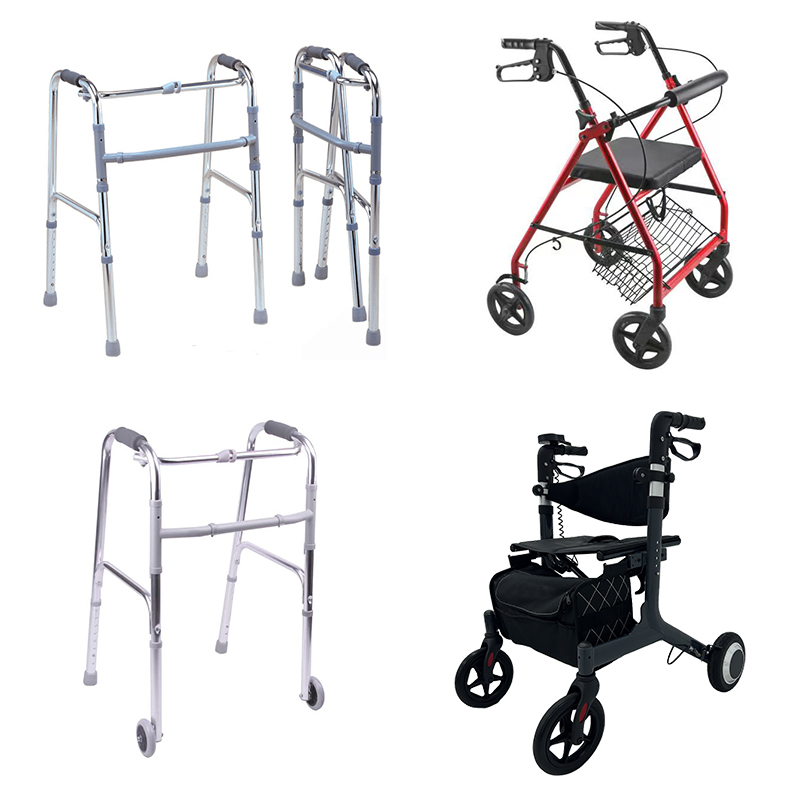
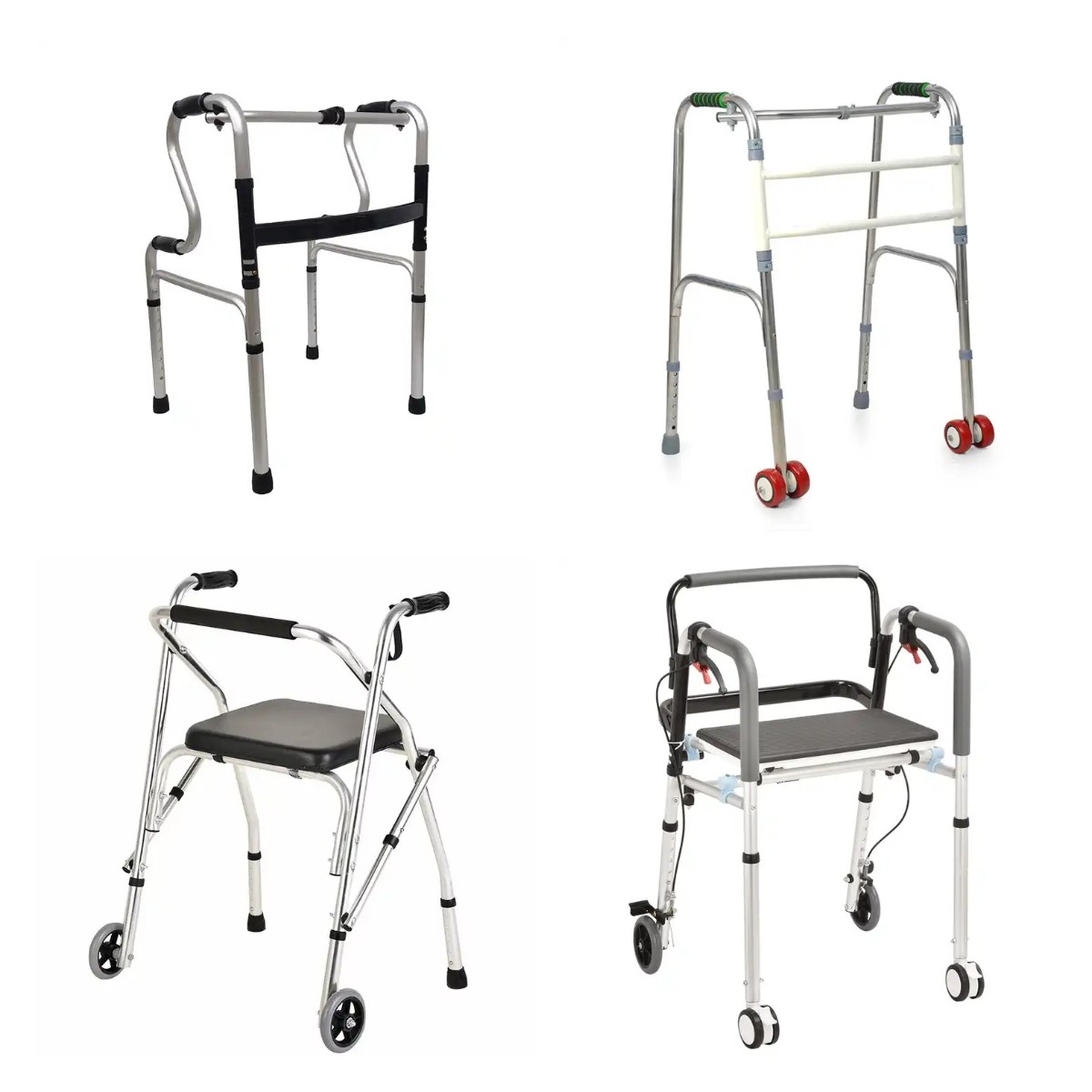
Select handle :
Most walkers come with plastic handles, but there are other options. You might consider using foam grips or soft grips, especially if your hands tend to get sweaty. If you have difficulty gripping the handle with your fingers, you may need a larger handle. Choosing the right handle can reduce stress on your joints. Whatever handle you choose, make sure it’s secure and won’t slip while you’re using your walker
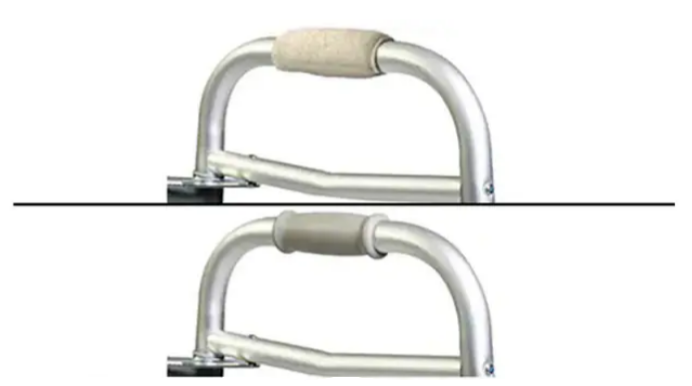
Debugging a walker :
Adjust the walker so that your arms feel comfortable when using it. This takes the pressure off your shoulders and back. To determine if your walker is the right height, step into the walker and:
Check the elbow bend. Keep your shoulders relaxed and your hands on the handles. Elbows should be bent at a comfortable angle of about 15 degrees.
Check wrist height. Stand in the walker and relax your arms. The top of the walker handle should be flush with the skinfold on the inside of your wrist.
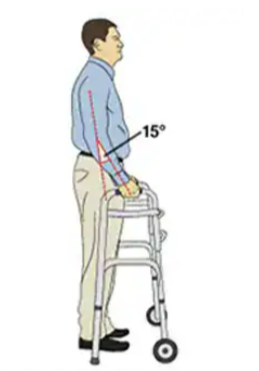
Move forward :
If you need a walker to support your weight when walking, first hold the walker about one step in front of you. Keep your back straight. Do not hunch over your walker
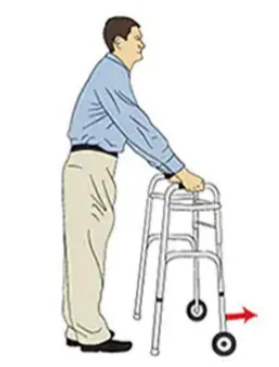
Step into a walker
Next, if one of your legs is injured or weaker than the other, start by extending that leg into the middle area of the walker. Your feet should not extend past the front legs of your walker. If you take too many steps, you may lose your balance. Keep the walker still as you step into it.
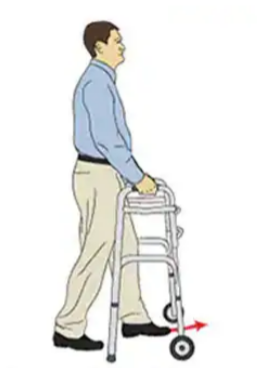
Step with the other foot
Finally, push directly down on the handles of the walker to support your weight while stepping forward with the other leg. Move the walker forward, one leg at a time, and repeat.
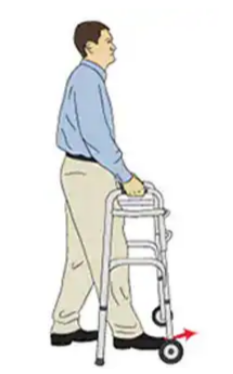
Move carefully
When using a walker, follow these safety tips:
Stay upright when moving. This helps protect your back from strain or injury.
Step into the walker, not behind it.
Don't push the walker too far in front of you.
Make sure the handle height is set correctly.
Take small steps and move slowly as you turn.
Use caution when using your walker on slippery, carpeted or uneven surfaces.
Pay attention to objects on the ground.
Wear flat shoes with good traction.
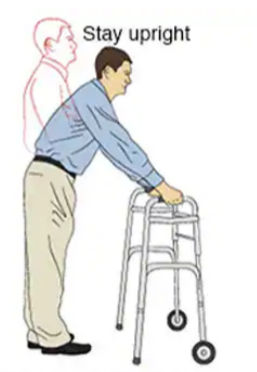
Walking aid accessories
Options and accessories can make your walker easier to use. For example:
Some walkers can fold up for easier movement and storage.
Some wheeled walkers have hand brakes.
Pallets can help you transport food, drinks, and other items.
The pouches on the sides of the walker can hold books, cell phones, or other items you want to take with you.
A walker with a seat can be helpful if you need to rest while walking.
Baskets can be helpful if you use a walking aid when shopping.
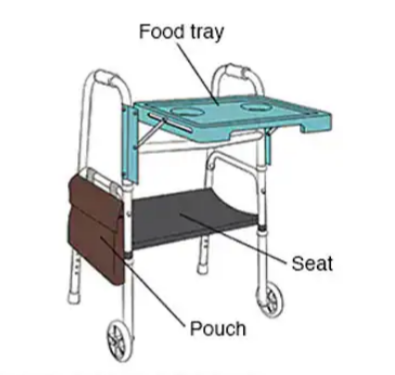
Whatever walker you choose, don’t overload it. And make sure it remains in good working order. Worn or loose rubber covers or handles increase the risk of falls. Brakes that are too loose or too tight may also increase the risk of falling. For help maintaining your walker, talk to your doctor, physical therapist, or other member of the health care team.
Post time: Dec-08-2023

